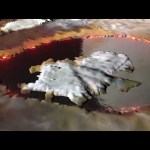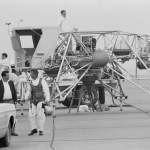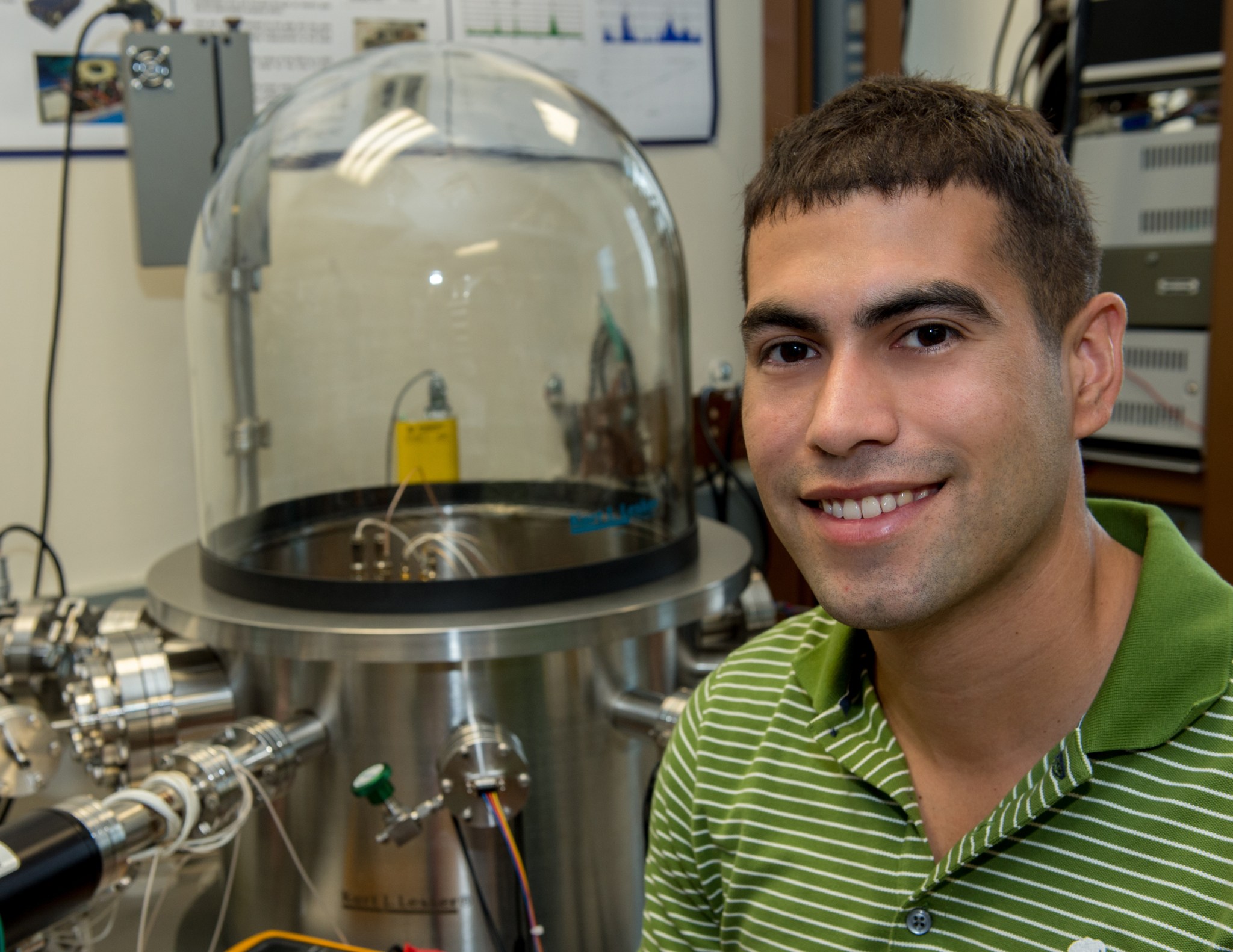
Name: Marcello Rodriguez
Title: WFIRST Payload Systems Engineer
Formal Job Classification: Systems Engineer
Organization: Code 550, Instrument and Systems Technology Division, Applied Engineering and Technology Directorate
What do you do and what is most interesting about your role here at Goddard? How do you help support Goddard’s mission?
I am transitioning from working as an instrument systems and test engineer for the Heliophysics Division to working as a WFIRST payload systems engineer. WFIRST (the Wide Field Infrared Survey Telescope) is the next big space telescope Goddard is building and successor to the James Webb Space Telescope. It is an astrophysics telescope that will measure dark energy and detect exoplanets. As a payload systems engineer, I will oversee the development of all the instruments on board which include the Wide Field Instrument and the Coronagraph Instrument in addition to the front end telescope optical system, which the instruments share and use. This includes the large 7.9-foot (2.4-meter) primary mirror, the secondary mirror, and the structure around the telescope optics, called the optical bench, which holds the telescope in place.
I have been at Goddard for about 10 years. It has been very fulfilling to be able to interact with a lot of people and work on different types of instruments. My transition to my new role I believe will greatly expand on this. It is a wonderful opportunity to expand my knowledge and broaden my experience on many levels.
How did Goddard’s co-op program bring you here?
I started as a student co-op in 2005 while I was an aerospace engineering student at Penn State. Through a career fair, I was offered a position into Goddard’s co-op program. I became a co-op working at the Contamination and Coatings Engineering Branch, where I worked over the summers of 2005 and 2006. In 2007, I joined the branch full time.
My largest project was working on the Lunar Reconnaissance Orbiter (LRO) as the lead engineer for the instrument purification system. These instruments require a continuous, clean purge gas all the way until launch to maintain pristine optics and minimize performance degradation from oxidation. Because we had to maintain a continuous stream, I worked on LRO all the way through and including launch.
LRO afforded me the opportunity very early in my career to go from design, to integration and testing, to launch on the same project. I got to see the big picture of how a project flows, the project cycles and the amount of effort it takes to complete and launch a successful large scale satellite.
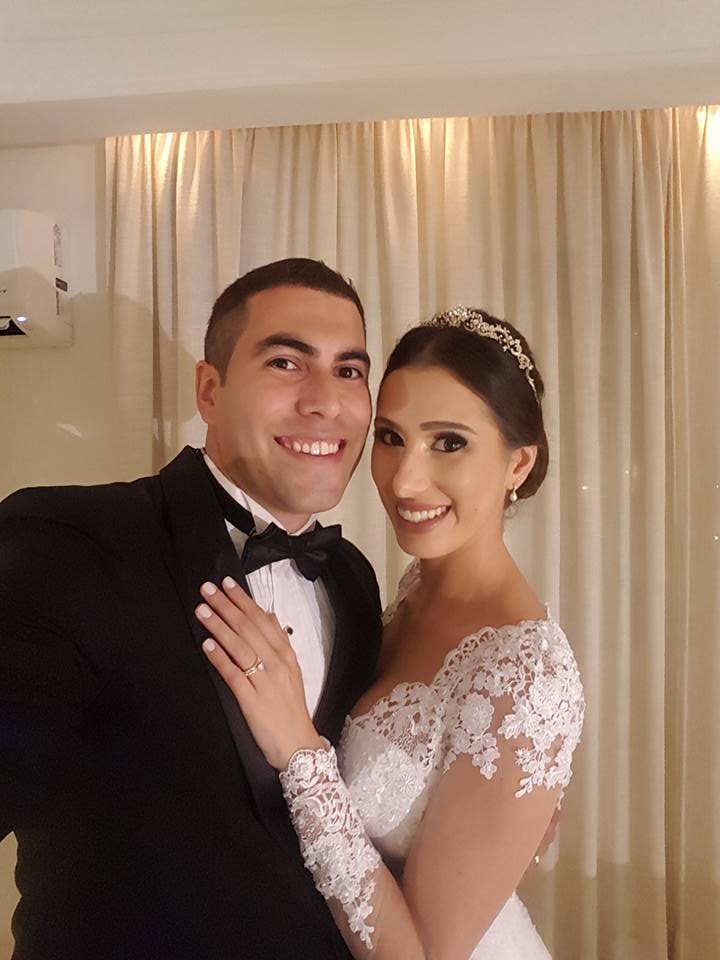
Please tell us about your involvement with the Science and Engineering Collaboration Program and your time within the Science Directorate.
What attracted me to NASA is the science. The missions and satellites we build are designed around the instruments. And these instruments are designed around the science. So I looked for opportunities to work more in instrument development to be closer to the science.
In 2010, I started a one-year program called the Science and Engineering Collaboration Program (SECP). I was assigned to the Heliophysics Division to work with a principal investigator on developing an ultraviolet imager that measured composition and temperature of the ionosphere.
When I finished the one-year program, I enjoyed it so much that I wanted to stay with the same group. I have been with the Heliophysics Division ever since working on a whole array of different instruments and projects. I spent a lot of time in the lab testing new instrument concepts and new technology in vacuum chambers, while also testing and calibrating instruments in line for spaceflight. For the past three years, I have been mainly working on in-situ, miniaturized mass spectrometers primarily designed for CubeSat platforms. One of these instruments launched in 2015 on a mission called ExoCube, while another instrument is integrated and scheduled for launch in 2017 on a 6U CubeSat called Dellingr. Working directly with scientists has given me a unique perspective on the formulation of missions, both technically and also programmatically. It is a very competitive atmosphere, where technology readiness, collaborations and innovation really drive the agenda to win missions and bring in more work to Goddard.
What about your role with Goddard’s Systems Engineering Education Development program?
I recently was offered a position with Goddard’s Systems Engineering Education Development (SEED) program, a wonderful opportunity to expand on the experiences I’ve had within the Heliophysics Division. This is a selective program. Their call comes out every two to three years and the program is designed to last one to three years. I am just starting the program. SEED is a rotational program and WFIRST is the first of two to three different program rotations. SEED will expose me to Goddard’s large-scale, high visibility projects on a systems engineering level.
How did your interest in science lead to your becoming an engineer?
Space science is what pointed me to aerospace engineering. Growing up, astronomy and cosmology were my favorite topics. I was always good at math too. When I was looking at career opportunities, I wanted a career that was challenging, one in which I would be learning something new every day. When I got to Penn State, I had to balance opportunity with interest when selecting my major. At the time, I saw more opportunities for engineers than scientists. When I was deciding what type of engineering, it just made sense to go into aerospace engineering because of my interest in space science.
While working with the Heliophysics Division, I earned a master’s degree in applied physics from Johns Hopkins. Applied physics is more experimental science, how to measure and detect physical features in our environment, on Earth and in space. A degree in applied physics gave me a better knowledge of the many different methods of studying physics that we use today.
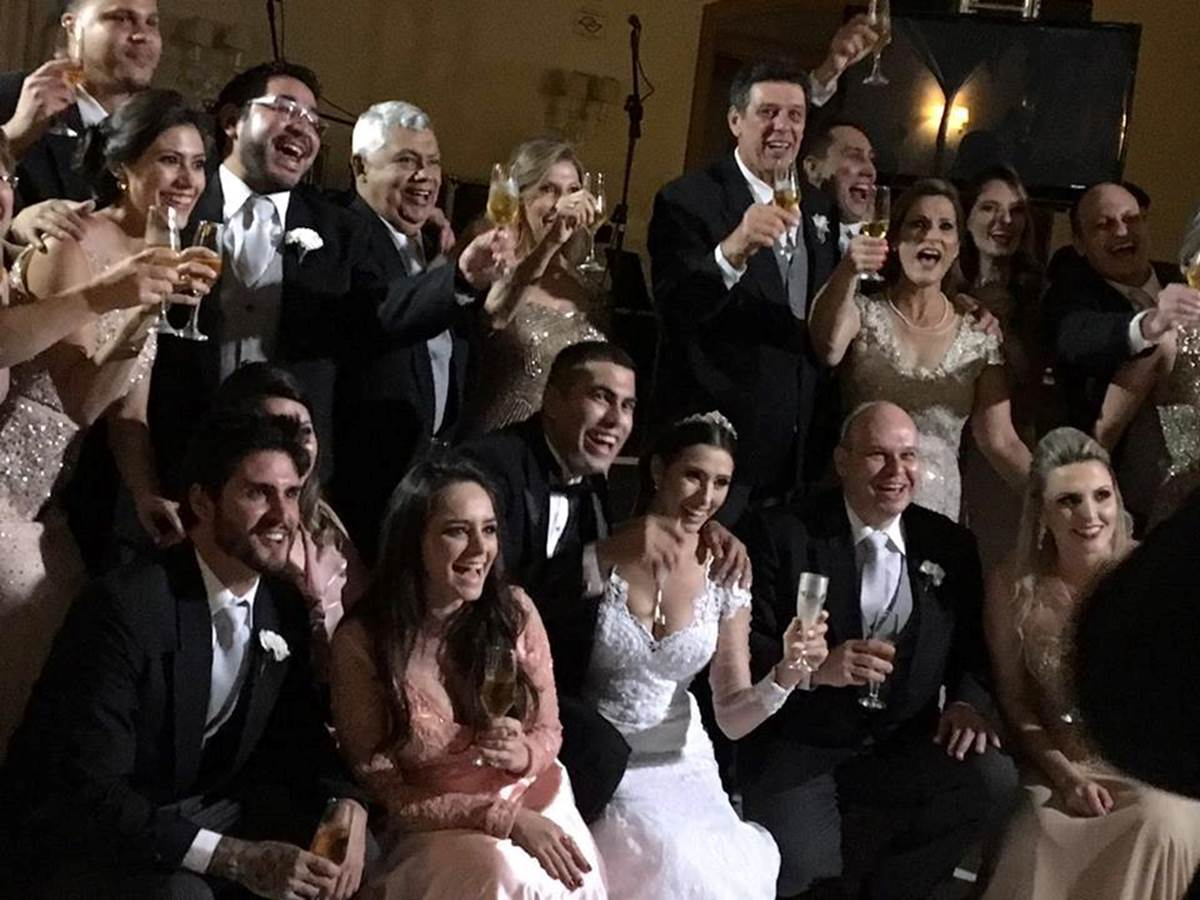
Has anyone mentored you?
Yes, Wanda Peters was my first team lead as a co-op and quickly became my mentor. She is always supportive, easy to talk to, and will always make the time to converse which is why she has been a mentor for a lot of others through the years.
What I admire most about Wanda is her approach to problem solving. She remains cool, calm and collected and is a good listener. She is always looking out for me and lets me know what she thinks is the best decision and, the best path forward. You can easily see that she cares and enjoys giving advice, which makes her an ideal mentor.
Inspired by her example, I have mentored interns for the past five years now. From the beginning I like to expose my interns to the many things Goddard has to offer. I try to diversify their experiences, on as many levels as possible, both in developing skill sets, experiencing multiple areas of engineering, and even encouraging them to get involved in extra circular activities inside Goddard. My recent intern joined the Taekwondo Club for example this summer.
My hope is they come away with a better sense of what they enjoy so they can make the best decisions for themselves in the critical early years of their careers.
What is your role with Goddard’s Hispanic Advisory Committee for Employees?
I have been a member of Goddard’s Hispanic Advisory Committee for Employees (HACE) for about three years. As their current co-chair, I oversee all committee activities. Our big event is the Hispanic Heritage Month Luncheon held every September. We bring in cultural dancers, entertainment, and food. Our keynote speaker will be Geronimo Villanueva, who will also be our first Goddard scientist keynote speaker.
What is your involvement with the Goddard Employee Welfare Association Soccer League?
I am captain of the Purple Team that is in the Goddard Employees Welfare Association (GEWA) Soccer League. The league has eight teams, each with about 25 to 30 team members. I play the midfield position. We have a fall season from August to November and a spring season from April to July, and during this time the games are weekly. I was just asked to become the president of the league, which I will likely do next spring.
Our teammates are very close to each other. I recently attended a team member’s wedding and we have team cookouts at least once a year. I really enjoy my time in the league and some of the bonds I have made from it.
Is there anything special that has recently occurred that you are really excited about?
Yes! My wife Lais and I got married on Sept. 3 in her hometown in Brazil. It was the first time we had all our families in the same place and it was a very special time. After the wedding we will have a two-week honeymoon also in Brazil. I am very excited about this new phase in my life with Lais and starting our journey together. It is a very happy time in our lives and I couldn’t be any luckier.
Where do you want to be in five years?
I hope to be working on a large-scale project with greater roles, responsibilities and influence. I hope to continue mentoring, and hope I can expand on this with younger folks coming into the workforce. And of course, health and a happy family. Everything starts there.
By Elizabeth M. Jarrell
NASA’s Goddard Space Flight Center, Greenbelt, Md.

Conversations With Goddard is a collection of Q&A profiles highlighting the breadth and depth of NASA’s Goddard Space Flight Center’s talented and diverse workforce. The Conversations have been published twice a month on average since May 2011. Read past editions on Goddard’s “Our People” webpage.


























